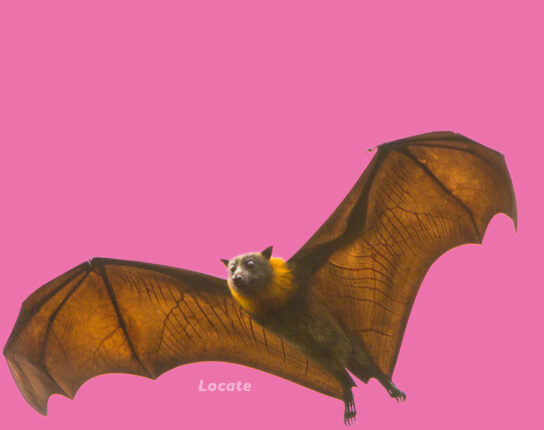As we attempt to move on from the global pandemic that has disrupted our lives over the last 3 years, the image of a bat is undoubtedly an unwelcome reminder of the plague that has caused some much pain and anguish.
Modern folklore has also portrayed these flying mammals as blood-sucking creatures that prowl the night searching for human victims: vampires! This is further popularised by the Hollywood screen adaptation of Bram Stoker’s Dracula novel.
The Next Crisis?
Despite the negative connotations associated with bats, there are valuable lessons as real estate investors confront the impending economic crisis.
High inflation, rising interest rates, market volatility and a likely recession have caused considerable stress to the real estate sector, marked by major dislocations, liquidity pressures and valuation slumps. What next for the institutional investor?
Immunising the Property Portfolio
While most of the recent viral outbreaks are linked to zoonotic transmission by bats, the animal itself has an in-built defence mechanism that creates an exceptional tolerance to those viruses it carries.
While still reeling from the fallout of the pandemic and the devastating impact on traditional property sectors, investors face the stresses of the recession as well as the secular changes in the economy.
However, opportunities beckon in alternative sectors such as data centres, self-storage, medical offices, aged care facilities, affordable housing, residential and other niche areas. How do investors incorporate these emerging property types to build a more resilient and diversified portfolio?
Accessing Alternatives & Complexity
We may be familiar with the phrase ‘as blind as a bat’, but in reality, bats have both excellent hearing and good eyesight. They are better known for their sophisticated echolocation abilities, used to navigate dark caves in search for insects and other less conspicuous prey.
What’s the best way for investors to access the range of properties given some of the alternative property types are illiquid? How can investors identify hidden gems in less common locations that provide strong returns, using data analysis or co-investment relationships?
As compared to the US, the less homogeneous European market may present more idiosyncratic opportunities if properly understood. Large investors can use their scale advantage to access complex transactions or co-invest in greenfield possibilities.
Environmental Heroes
Most bats eat either fruit or insects and drink plant nectar (not human blood). In so doing, they facilitate seed dispersion, plant pollination and eradication of pests, supporting a vibrant eco-system.
In the same light, the real estate sector can be more effective in implementing tangible ESG measures as compared to other asset classes. Its contribution to funds’ overall decarbonisation journey cannot be underestimated.
Property Portfolio Construction
The fallout from the economic crisis has seen the value of REITs plunge, whereas private assets have lagged, creating relative value opportunities. Rising rates and long-term bond yields may also highlight the increasing attractiveness real estate debt. The scarcity of liquidity has given rise to prospects for distressed investors too.
Despite the difficult environment, the discerning investor will benefit from a disciplined navigation across both public and private markets, as well as throughout the capital structure.
We look forward to addressing these issues at the 4th annual [i3] Property Forum.
Enquire about this event





